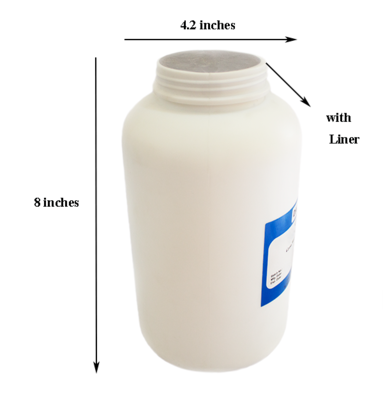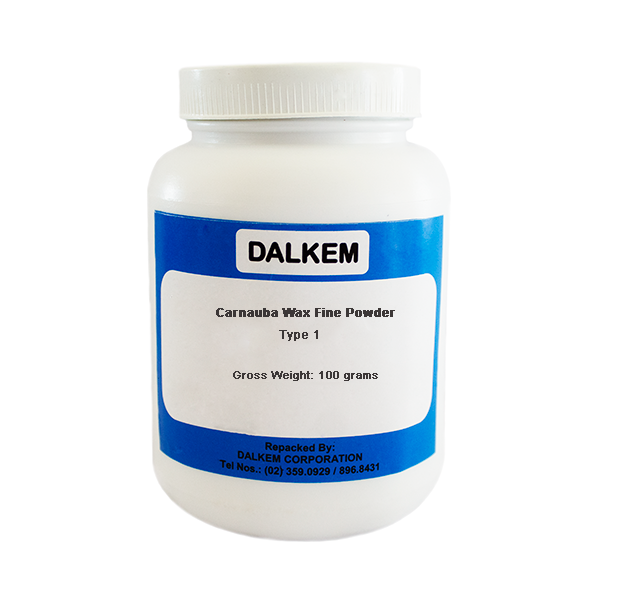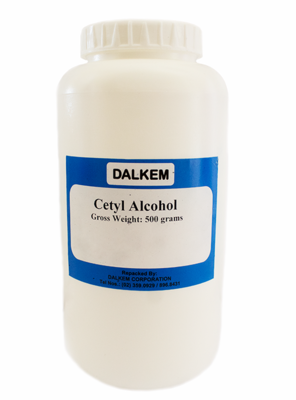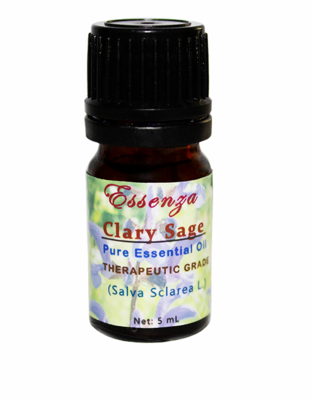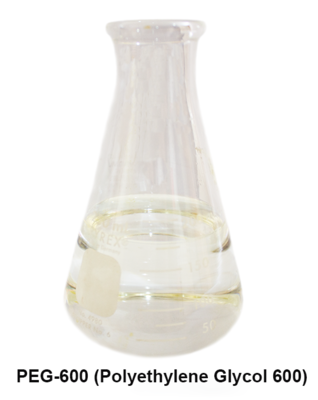Dalkem Carnauba Wax Fine Powder Grade Type 1
Carnauba wax is a natural resin derived from the leaves of the carnauba tree, a specific type of palm tree. Carnauba wax is produced by these trees in the hot summer months as a secretion to conserve moisture.
The wax is harvested by detaching leaves from the carnauba tree, drying them out in the sun, then beating the leaves to remove the wax. Common name Carnauba Wax Botanical name Copernicia prunifera Melting Point 82 - 86 deg C
What are Different Grades of Carnauba Wax?
• Carnauba Wax, Grade Type 1 Carnauba wax grade Type 1 is the highest quality and purity, produced by an extensive filtration and discoloration process. Carnauba wax grade Type 1 is the lightest color and has the lowest odor in compare to other grades of carnauba wax. It is in the form of light yellow powder or flakes.
• Carnauba Wax, Grade Type 3 Carnauba wax grade Type 3 is produced by moderate filtration and discoloration process. It is a high purity and yellow color grade of carnauba wax used for many commercial waxes and finishes. Type 3 grade of carnauba wax comes in the form of yellow, hard and brittle flakes.
• Carnauba Wax, Grade Type 4 Carnauba wax grade Type 4 is produced by basic filtration process. It is the darkest grade of carnauba wax used for darker waxes, stains and varnishes. Carnauba wax grade Type 4 is dark color; however it will not act as a stain does not affect the color of the product when used at about 2% concentration.
Uses and Benefits
Grade Type 1
Carnauba wax is largely used as a finishing coat to make items shiny. This is why manufacturers use it as a glossing agent in products such as car wax, surfboard wax, shoe polish, instrument polish, and furniture wax. It is often mixed with beeswax to shine up and waterproof leather goods. Woodworkers like to use it to buff out wood because it fades with time rather than flaking like other finishes do. It is used in molds for semiconductor devices.
The glossy properties of carnauba wax are also used as a final coating for many food and pharmaceutical products, mainly vitamins and pills, candy, and the like. It is commonly used as a thickening agent in cosmetics and other skincare products like mascara, deodorant, eye shadow, lipstick, dental floss, and so on.
As far as being safe for the body, carnauba wax is non-toxic, hypoallergenic, and inert. It is composed of fatty acid esters, fatty alcohols, acids, and hydrocarbons. Essentially, carnauba wax is a natural, hypoallergenic material that lends itself to a variety of uses. It has a very high melting point (around 180 degrees Fahrenheit), cannot be dissolved in water, and in its solid, pure form is harder than concrete. Carnauba wax is used in a variety of everyday products.
You will come into contact with it if you take medications in tablet form, floss your teeth, eat hard candy or candy-coated chocolate, wear makeup, use deodorant, wax items like your car, floors, furniture, or surfboards, even in paper cups. It is used in cosmetics to prevent liquid and oil ingredients from separating, to help maintain a flexible but solid form, and for a glossy finish. In food, it is used not only as a polishing device in hard coatings, but also as an anti-caking and glossing agent in frosting and sauces.
Technical Characteristics
• INCI name is Copernicia cerifera (carnauba) wax
• Melting point: 82–86 °C (180–187 °F), among the highest of natural waxes, higher than beeswax, 62–64C.
• Relative density is about 0.97
• It is among the hardest of natural waxes.
• It is practically insoluble in water, soluble on heating in ethyl acetate and in xylene, and practically insoluble in ethyl alcohol.
